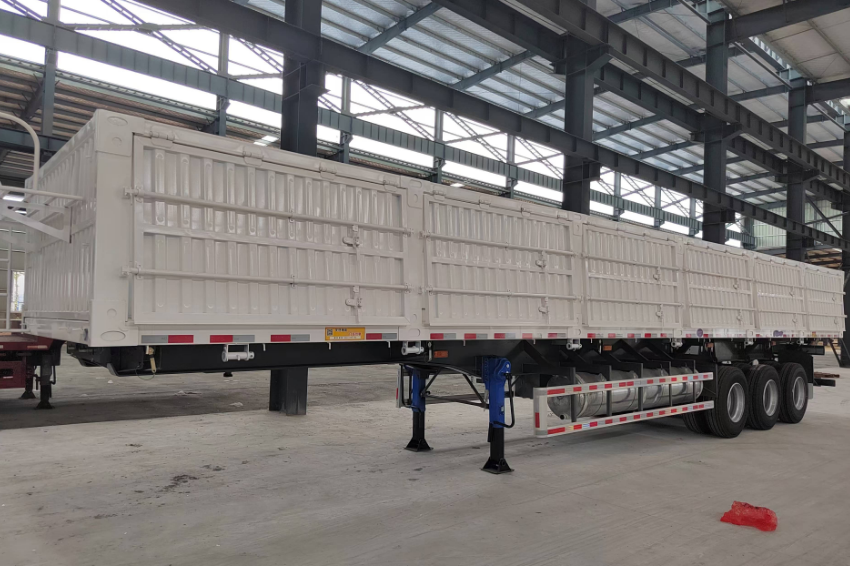In an era where environmental consciousness is paramount, the logistics and transportation sectors are under increasing pressure to adopt sustainable practices. As global trade continues to expand, the question arises: What is the most sustainable way to transport goods? This article delves into various transportation methods, evaluates their environmental impact, and highlights innovative solutions that can lead to a greener future.
Understanding Sustainability in Transportation
Sustainability in transportation refers to the ability to meet current transportation needs without compromising the ability of future generations to meet theirs. This encompasses not only the reduction of greenhouse gas emissions but also the minimization of resource consumption, waste generation, and ecological disruption. To assess the sustainability of different transportation methods, we must consider several factors, including energy efficiency, emissions, infrastructure impact, and the potential for renewable energy integration.
The Transportation Landscape: A Comparative Analysis
- Road Transport
Road transport is one of the most common methods for moving goods, particularly for short distances. However, it is also one of the largest contributors to carbon emissions. To enhance sustainability, the industry is increasingly turning to electric vehicles (EVs) and alternative fuels such as biodiesel and hydrogen. The integration of smart logistics solutions, such as route optimization and load consolidation, can further reduce the carbon footprint of road transport. - Rail Transport
Rail transport is often regarded as one of the most sustainable modes of land transportation. Trains can carry a significant amount of cargo over long distances with lower emissions per ton-mile compared to trucks. The electrification of rail networks and the use of renewable energy sources can enhance this sustainability. Moreover, rail transport is less affected by traffic congestion, leading to more predictable delivery times and reduced fuel consumption. - Maritime Transport
Shipping is essential for global trade, accounting for approximately 90% of the world's goods transported by volume. While maritime transport is more efficient than road or air transport in terms of emissions per ton-mile, it still poses significant environmental challenges, including oil spills and marine pollution. Innovations such as wind-assisted propulsion, cleaner fuels (like LNG), and the development of eco-friendly vessels are crucial for reducing the environmental impact of shipping. - Air Transport
Air freight is the fastest method of transporting goods but comes with the highest carbon emissions per ton-mile. While it is indispensable for time-sensitive shipments, the industry is exploring sustainable aviation fuels (SAFs) and more efficient aircraft designs to mitigate its environmental impact. However, for non-urgent goods, alternative methods like rail or maritime transport are more sustainable options. - Intermodal Transport
Intermodal transport combines multiple modes of transportation to optimize efficiency and reduce emissions. By leveraging the strengths of each mode—such as using rail for long distances and trucks for last-mile delivery—intermodal transport can significantly lower the carbon footprint. This approach also allows for better resource utilization and reduced congestion on roads.
Innovations Driving Sustainable Transportation
The future of sustainable transportation is being shaped by several key innovations:
- Electric and Autonomous Vehicles: The rise of electric trucks and autonomous delivery vehicles promises to revolutionize road transport, reducing emissions and improving efficiency.
- Blockchain Technology: By enhancing transparency and traceability in supply chains, blockchain can optimize logistics, reduce waste, and improve sustainability.
- Circular Economy Practices: Emphasizing reuse and recycling within supply chains can minimize resource consumption and waste generation, contributing to overall sustainability.
- Smart Logistics Solutions: Advanced data analytics and AI can optimize routes, improve load management, and enhance supply chain visibility, leading to reduced emissions and costs.
Conclusion: A Path Forward
Determining the most sustainable way to transport goods is not a one-size-fits-all solution. It requires a nuanced understanding of the specific context, including the type of goods, distance, and urgency of delivery. By embracing a combination of sustainable practices, innovative technologies, and intermodal solutions, businesses can significantly reduce their environmental impact while maintaining efficiency and reliability.




